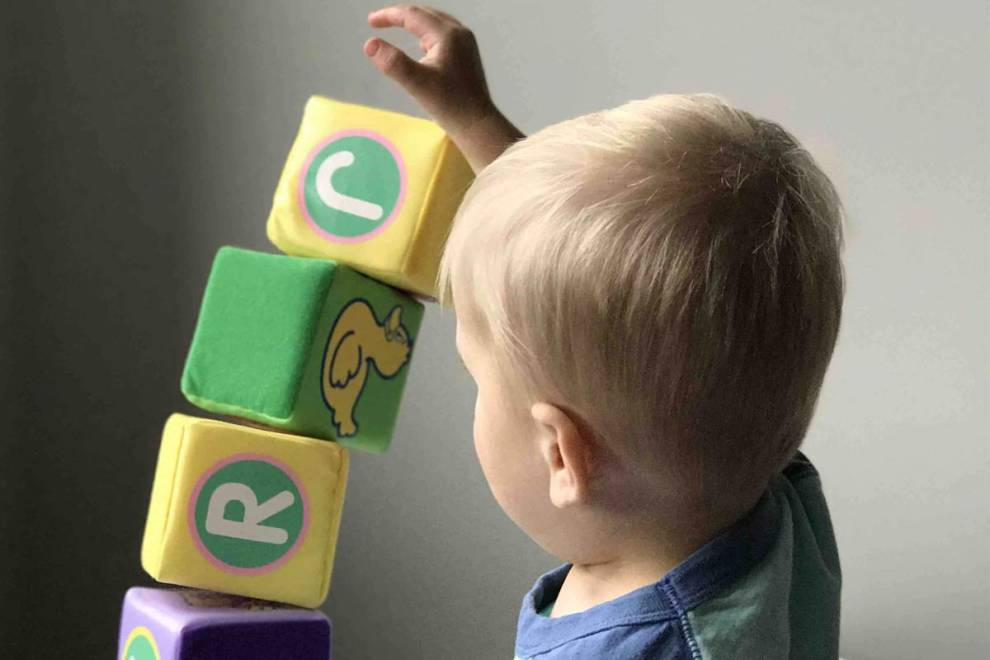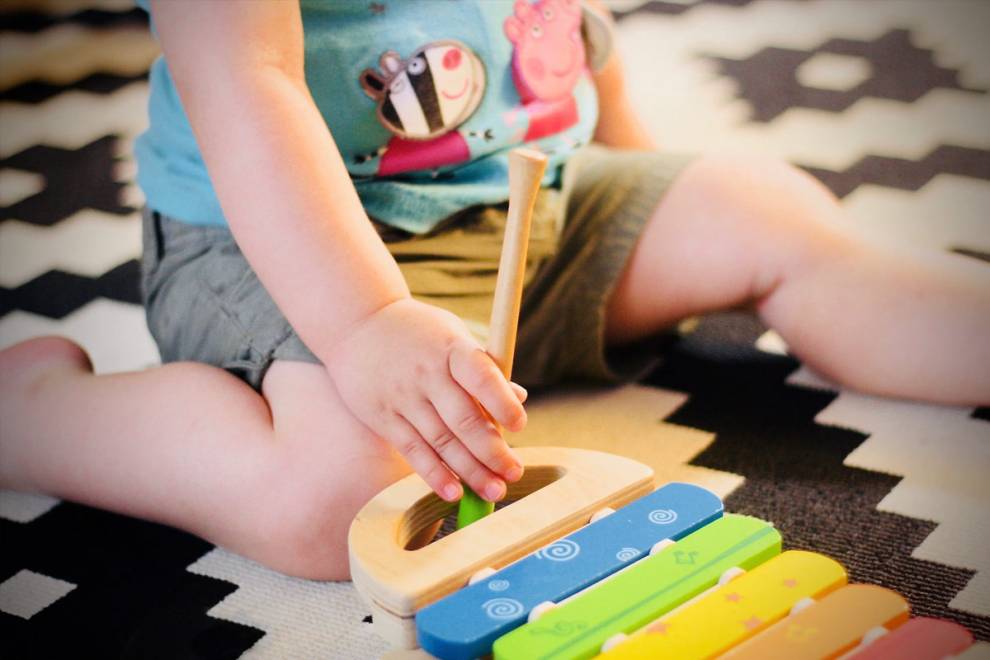Don't get caught up in the daycare drama! Our pro tips will help you out.

Mommyhood101 independently tests and curates baby gear to help you make informed decisions. If you buy products through links on our site, we may earn a commission.
Choosing a daycare center is a difficult task both logistically and emotionally. Parents seek daycare centers for a number of reasons, which may include personal and professional obligations, social skills development, and others.
No matter the motivation, all of these parents are searching for a clean, quality daycare center with passionate, experienced staff!
What to Look for in a Daycare
When researching and touring daycare facilities, parents should notice signs of a high-quality childcare operation.
Director Education and Experience
The facility director should be highly educated and demonstrate experience in early childhood education and/or academic administration. Check the company website for biographical information, and plan a tour, paying attention to framed degrees and certifications.
Educated & Highly Trained Classroom Staff
The classroom staff should be highly experienced and knowledgeable. Lead staff members should have education degrees/certifications. An additional quality to watch for is on-going staff training opportunities—consider how the organization is working with its staff to continuously improve experience and care.
Licensing & Accreditation
State-level licensing is a minimum standard for care regulation. A license is permission to run the business; it does not directly indicate care quality. In addition to licensing, high-quality care centers will seek national accreditation from organizations such as:
- National Association for the Education of Young Children (NAEYC)
- National Accreditation Commission for Early Care and Education Programs (NAC)
- National Early Childhood Program Accreditation (NECPA)
National accreditation includes health and safety reviews, staff qualifications, curriculum evaluation, and staff and family cooperation. Standards even include required facilitation for nursing mothers, and sandbox fullness criterion!
Comprehensive Sign-in/Safety Policies
Facilities should value each family’s privacy and child security. A quality organization will have clear and specific procedures for signing children into and out of the facility. Look for information on these procedures and indications that the policies are being followed (an active sign in/out book, access code use, etc).
Age-appropriate Activities
If available, review website information regarding classroom curriculum to ensure lessons and planned activities are age appropriate. Once a few facilities have made it to the top of the list, parents may consider doing a “drop-in” (unscheduled visit) and request to review organic classroom activity.
Positive Teacher-Child Interactions
During a drop-in, parents will want to observe the interactions between children and teachers/staff. Are the children generally happy? Do they talk freely and openly with teachers and staff, or do they seem overly timid? Child behavior is an honest indicator of classroom dynamics.
Daily Routines & Full Walls
Children learn best through repetition and structure - this is why nursery rhymes are so effective! So, in the daycare setting, a scheduled routine is best to help children engage and understand their new setting. In addition to maintaining a schedule, the routine should be posted on the walls, along with other kid-friendly photo and text materials.
Dedicated Reading Area
Language arts and reading should be a strong focus in the daycare facility. When socializing in this setting, children have the opportunity to expand vocabulary and comprehension while engaging with peers and adults who are not their parents.
Reading to children and allowing them to explore picture books is very important for cognitive and reading skills development. The classroom should have a comfortable and inviting reading area with age-appropriate books (check our list of best baby books) and reading materials.
Daily Story Time
In addition to encouraging children to read, the classroom should have a daily story time in its routine. Reading to children facilitates trust and bonding; additionally, “research has found that reading storybooks to children is one of the most important activities for developing the knowledge required for eventual success in reading. Reading to pre-schoolers has been found to be related to language growth, emergent literacy and reading achievement.”
Racial, Cultural, & Neuro Diversity
It is important for children to see themselves represented in their setting. A high-quality facility will demonstrate racial and cultural diversity in reading materials, lessons, staff, and / or other children in the classroom.
It will also be inclusive of children with different abilities and needs, fostering a community of understanding, support, and strengths-based learning.
What to Avoid in a Daycare
Some daycare center red-flags indicate low-quality and potentially dangerous facility practice.
Vague & Undocumented Policies
Daycare policies should be clear and readily available either on the website or at the center. A lack of policy information brings overall center function into question with regards to security and safety.
High Child:Teacher Ratio
Providing high-quality care for numerous children is a demanding job, and in order to meet the individual needs of each child, child:teacher ratios should remain low. Specifically, NECPA standards indicate no more than 4:1 ratio for infants and no more than 6:1 for toddlers to age two. If the ratios are too high, teachers may become overwhelmed when trying to care for children.
Lack of Cleanliness/Child-proofing
During a drop-in, parents should take notice of classroom cleanliness and child-proofing. Ensure teachers are cleaning surfaces before and after meals, examine sockets, exposed wires, and windows for safety. A lack of cleanliness and classroom safety is a dangerous red flag for daycare quality.
Children Seem Bored
While touring a daycare facility, parents should observe child behavior. If the children appear bored or withdrawn, this could indicate a lack or stimulation or a negative environment.
High Staff Turnover
This information may be available on the center’s website or during a tour. Facilities that pay and treat staff well are more likely to have a higher-quality environment and staff maintenance. A high staff turnover may indicate that staff is unhappy or underpaid, among other possible flaws in the center’s staff structure.
Difficult Director Communication
The center’s director should be responsive and easy to reach. If voice messages and emails go unreturned for a length of time, parents may consider the negative impacts of such communication on future parent/center relationships.
Daycare Tour Checklist: Questions to Ask
After vetting daycare centers to a top two or three, parents will want to start thinking of specific and personal questions to ask during prospect tours. Writing down questions is important because it helps parents focus while they are overwhelmed with information and emotion during daycare tours. Here is a sample of questions to consider:
- What is the center’s general childcare philosophy?
- What are the full/half day and full/half week options and prices?
- Are all teachers and teacher aides first aid certified?
- How often are all toys in the classroom sanitized?
- What are the options / policies on meals?
- Do children bring their own food or is food provided?
- If food is provided, how often does the menu change?
- *This is also a good time to discuss any food sensitivities/allergies.
- What are the center’s discipline policies?
- What are the center’s parent visitation policies?
- Is the center flexible on drop-off /pick-up times?
- Are there lateness fees?
- Are all children in the center required to have immunizations?
- What are the center’s potty-training practices/requirements?
- Does the center offer a sibling discount?
- How will the center promote a continuous, open dialogue with parents?
- Conferences?
- Newsletters?










